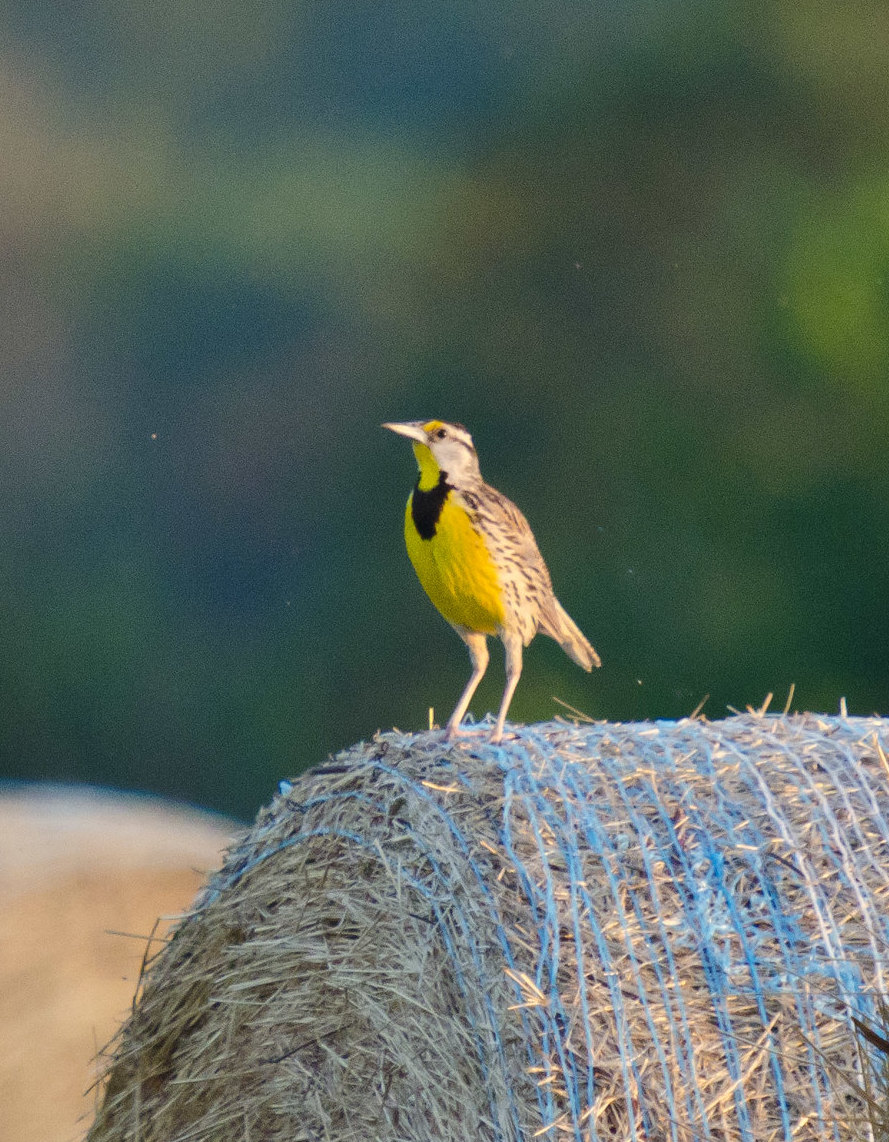Participants will adopt specific geographic areas or discrete sites to conduct standardized field surveys, generally along existing roads or trails, at minimum three times throughout the meadowlark breeding season. This will help determine site occupancy and the detectability of Meadowlarks. During these surveys, field data on Eastern Meadowlarks, counts and standard Breeding Bird Atlas breeding codes, will be recorded along with documenting which specific fields are occupied. Data will be compiled with Vermont eBird which will expedite data entry and analysis.

Eastern Meadowlark © Jason Ahrns
In addition to surveying birds, participants are asked to document the management practices of hayfields at each survey, primarily the timing and extent of mowing. Understanding the management regime of hayfields and their mowing patterns will aid in identifying prime parcels of habitat. Through the information on habitat management practices collected by volunteers during surveys we will gain a better understanding of the agricultural practices on, and surrounding, potential nesting sites.
Following documentation of occupied sites, and an evaluation of which may be most likely for continued occupancy, actions can be taken by conservation organizations and/or state and local agencies to conserve existing habitat and improve or restore surrounding parcels of habitat.







